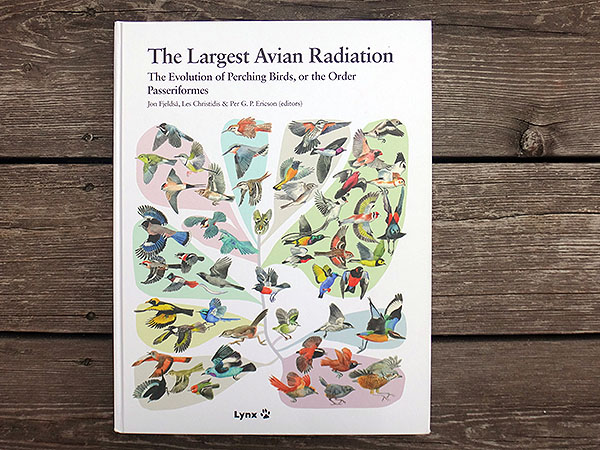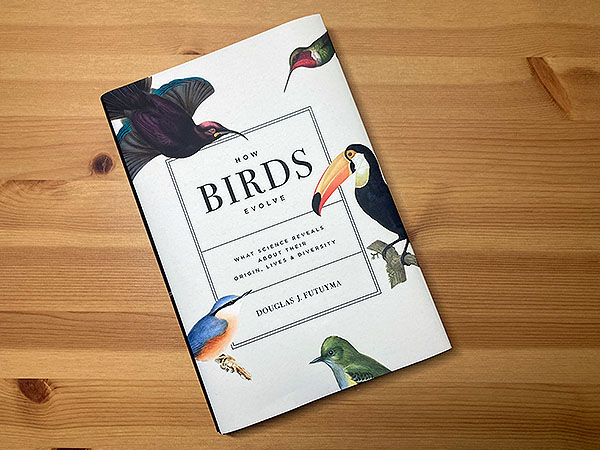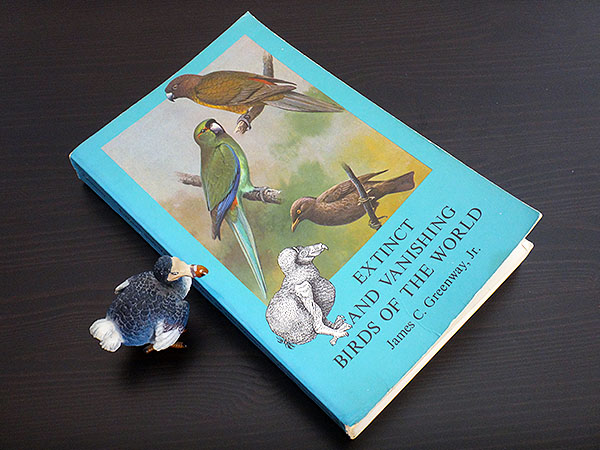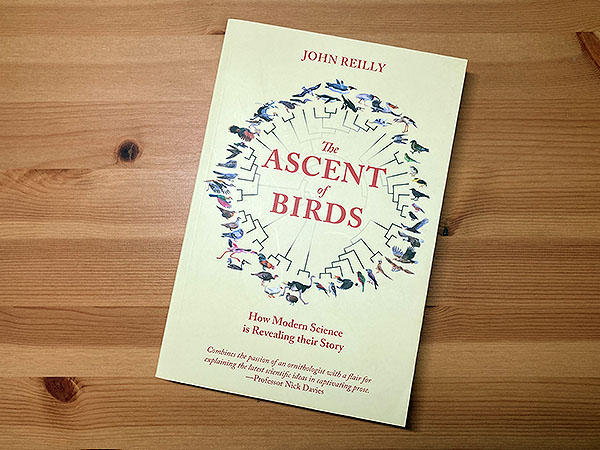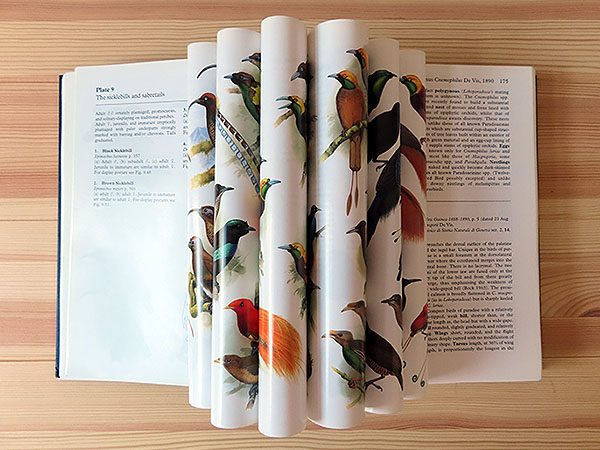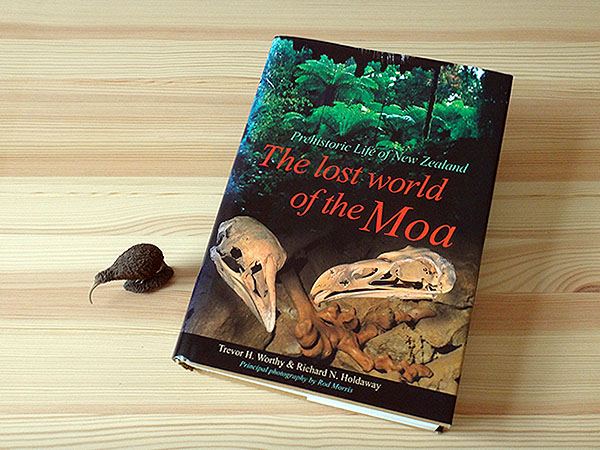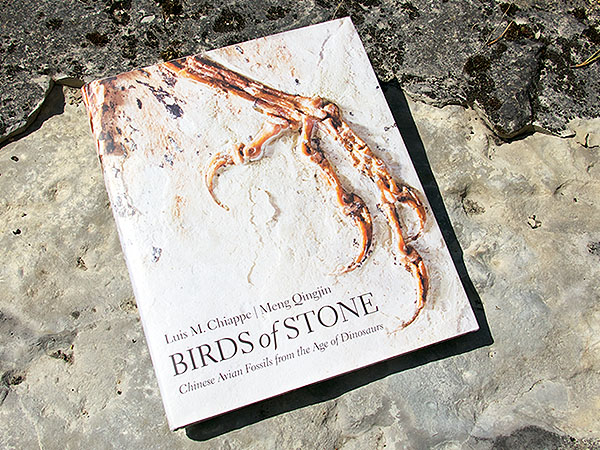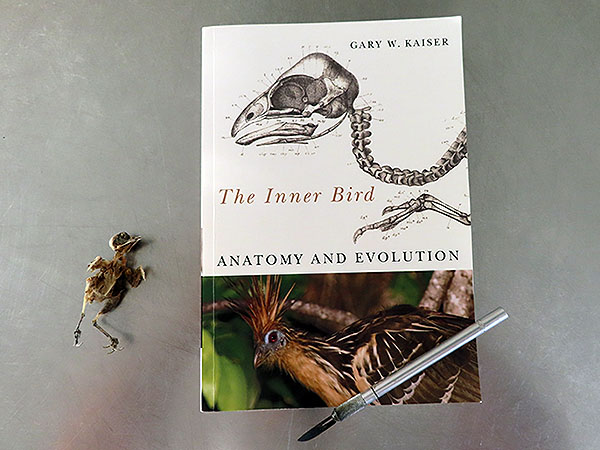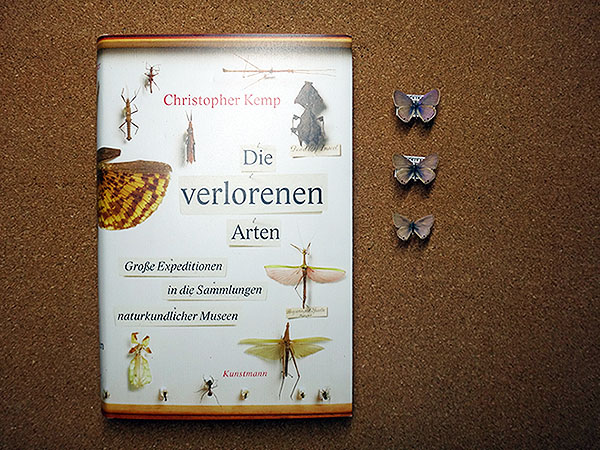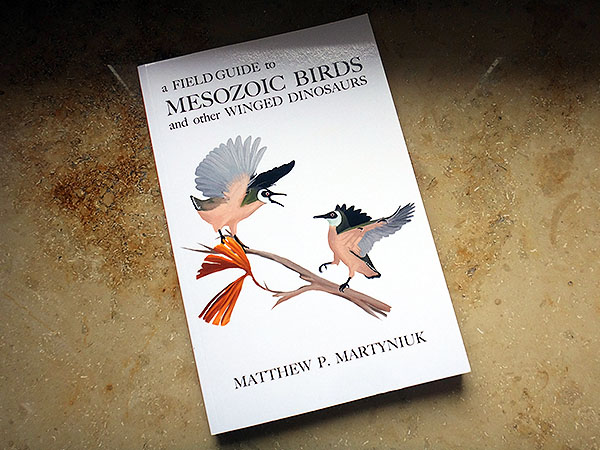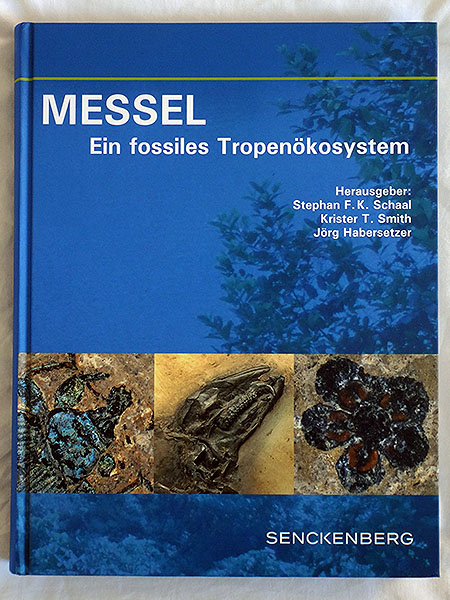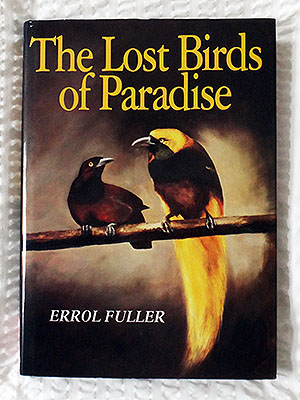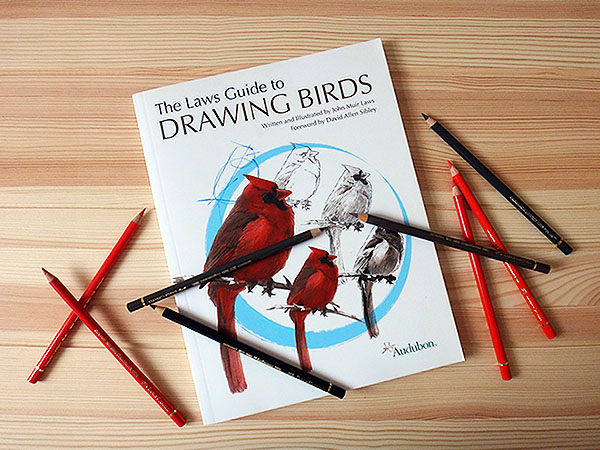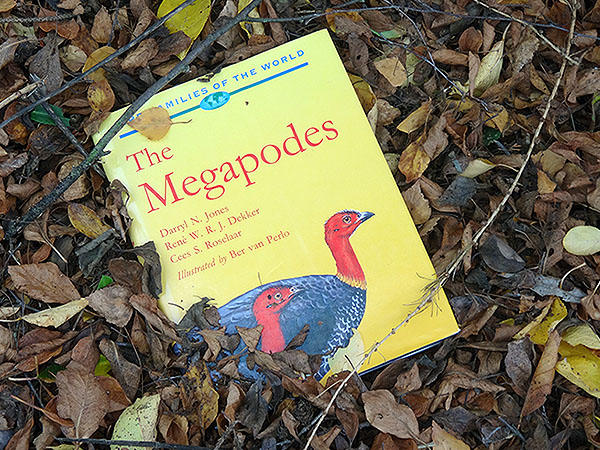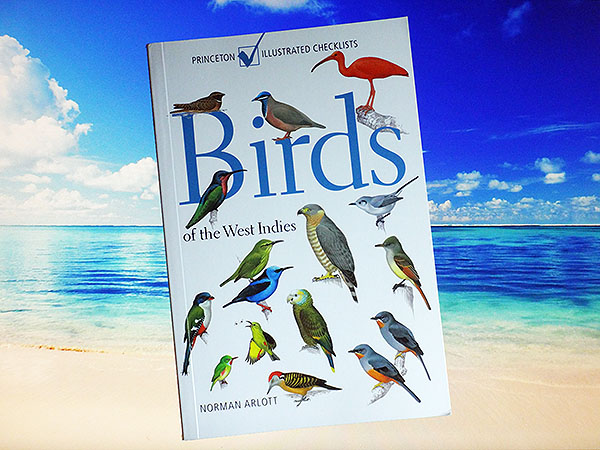Judith Schalansky: Die verlorenen Welten des Zdeněk Burian. Matthes & Seitz Berlin 2013
*********************
I so much love the art of Zdeněk Burian, which I first met with in my early childhood.
The most interesting peculiarity of his art is, that it appears to become alive and starts moving when you look at it in dimmed light.
So, I just had to buy this book!
***
Well, I wish I didn’t!
This is by far the worst book that I ever saw, it is full of errors, it was written by … well, there is no author mentioned, the person I mentioned above is apparently not the author but the editor or publisher, I don’t know. Anyways, someone is responsible for the texting, and that person has no clue of art, no clue of paleontology or zoology, and furthermore no clue of who Zdeněk Burian was.
And I have no clue what purpose this book has.
It is not a biography of Z. Burian, it’s obviously no retrospective of his artwork, and it has nothing to do with a paleontological work.
***
The book does not cover the full amount of the artwork Z. Burian has left, it only covers various of his depictions of animals and landscapes from the Paleozoic and Mesozoic eras.
There are only two exceptions.:
pages 220/221:
a single mammoth drawing
page 225:
a single one of the countless book illustrations the artist has done (in this case Jules Verne: Twenty Thousand Leagues Under the Sea)
***
The next thing is the quality of some of the prints and the misjudgment regarding the importance of some of the depictions.:
pages 64/65:
a very small sketch of a scene including two Naosaurus (now known to be a Edaphosaurus reconstructed with a Dimetrodon head), the corresponding painting is on page 65.
The sketch is full of pencil lines, notes etc. and shows the process of creating a painting, it is a chance to give the reader an insight in Z. Burian’s work. Yet, because of its small size and the cutting of the picture in-between, this chance has been thrown away.
***
The person who wrote the afterthought part, herself being an art historian, curator and author, has probably no clue of paleontology when she refers to Iguanodon as having been known as >>Kühe des Pleistozän<<, which means >>cows of the Pleistocene<<.
***
Well, I still love the art of Zdeněk Burian and always will, but this book is no help in spreading the knowledge about this so much underrated artist!
*********************
edited: 08.11.2017
